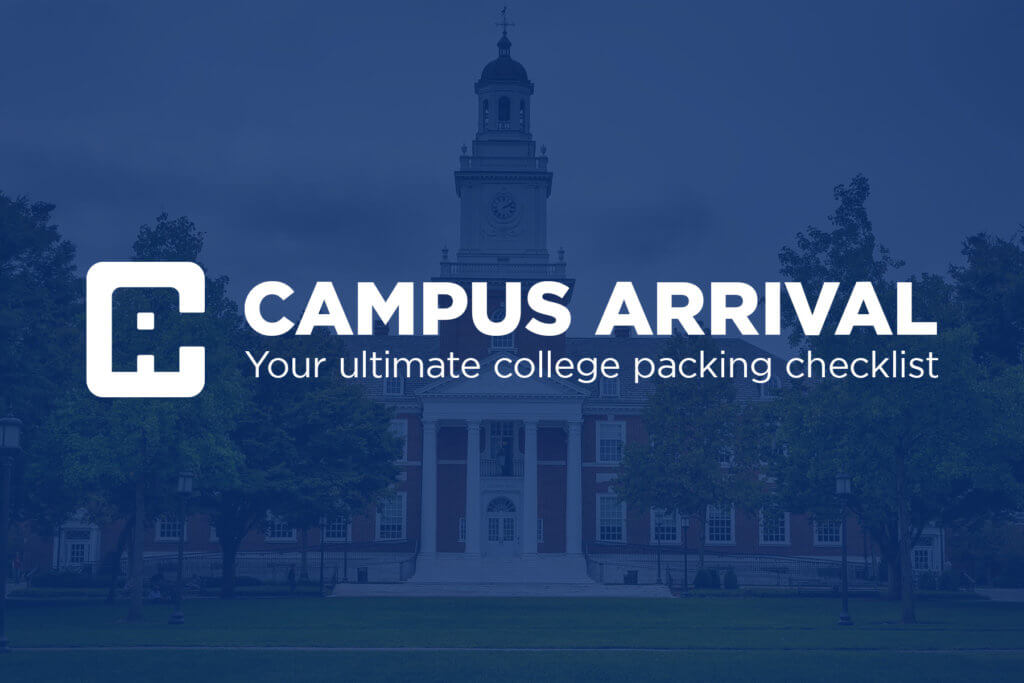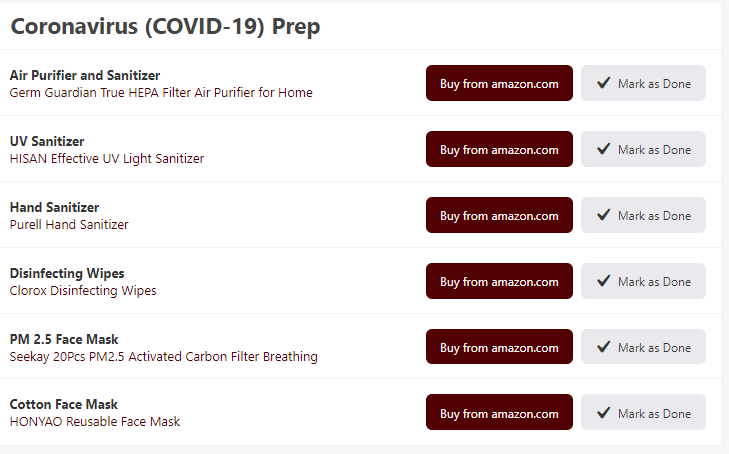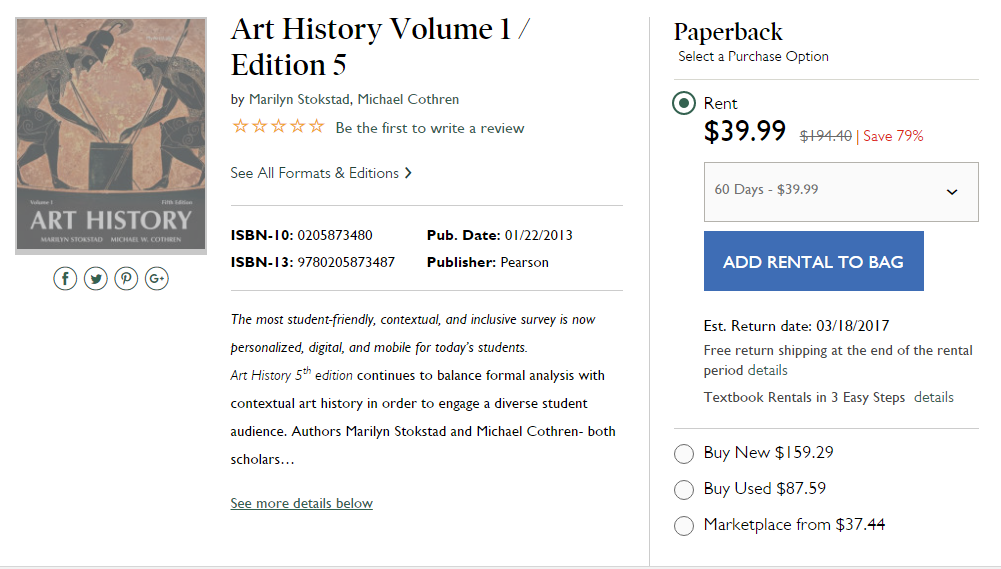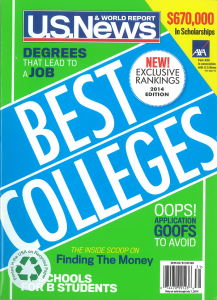
My goal here is to help parents navigate the college maze. Part of that process is to find and recommend products and/or services that will help parents as they navigate the process.
With college move-in day approaching in the fall and parents using the summer to shop and gather items to send with their college students, I’ve found a FREE service that can help: Campus Arrival. This service makes it easy for parents and students to view and check off all the items the college either requires or recommends for students to move on to campus.
All you need to do is sign up for an account which lets you save your supply checklist. By doing this, you can mark items as done. You’ll also be able to set your school as a favorite so you can link to it quicker. Also, if any other family members want to help and buy you something for college, they can see what you need and what you already have.
Once registered, type in the name of your school (or search on the list by state), and you will see a curated list of college-ready items to pack based on the college’s official recommendations. They have also included items from other schools’ suggestions and expert advice compiled from around the internet. All their recommendations are based on a balance between quality and value.
You will also notice a checkmark next to an item that indicates it is included as an official recommendation from the college. According to their FAQ section:
Our recommendations come in three flavors.
- First are specific item recommendations. These include an explanation for why we are recommending the item along with a link to that specific product.
- Second are ‘Starter Pack’ recommendations. These are lists of items that are similar. We added the lists for items that are small and don’t require significant concern about reviewing the product – things like toiletries, desk supplies, etc. Lists provide an easy way to grab a bunch of things at once.
- Third are search recommendations. For some items, there can be a lot of personal preference involved – things like bedding, posters, bikes, etc. The search recommendations provide a link to Amazon with many options that meet the need but you can personalize for your personality.
For example, here is a screenshot from a college in Texas: Texas A&M University.

For those parents who are concerned about the coronavirus, Campus Arrival has also included recommendations for Covid-19 prep:

Sincelaptops are a major asset while you’re at college, their recommendations help you with the specific hardware requirements for your school and major. They search the school’s official site. Each school is different in terms of the info they provide. Some schools provide general specifications. Some give major’s specific needs. And some schools don’t provide any recommendations.
Campus Arrival includes the links to the official school recommendations so you can reference them (in the Sources section of the school page). With the hardware specifications, they use CNET extensively to make product recommendations. They also consider Amazon reviews and will search other technology sites to make sure the products are high quality.
Campus Arrival also provides a list of prohibited items and posts the links to the sources they used to compile their lists. This takes the guesswork out of trying to prepare for move-in day and helps parents shop confidently and easily for their student.
If you don’t see you your college on their sight, you can make a recommendation for them to add it their list. While you wait for your specific school to be added, you can check out their General Recommendations list. This list is a combination of all the items they have collected from all the schools completed. It’s a good start and provides everything you’ll need.
If you have a college-bound student, take advantage of Campus Arrival’s convenient service to help you and your student prepare for move-in day.
This is a sponsored post








 Used Textbooks
Used Textbooks


